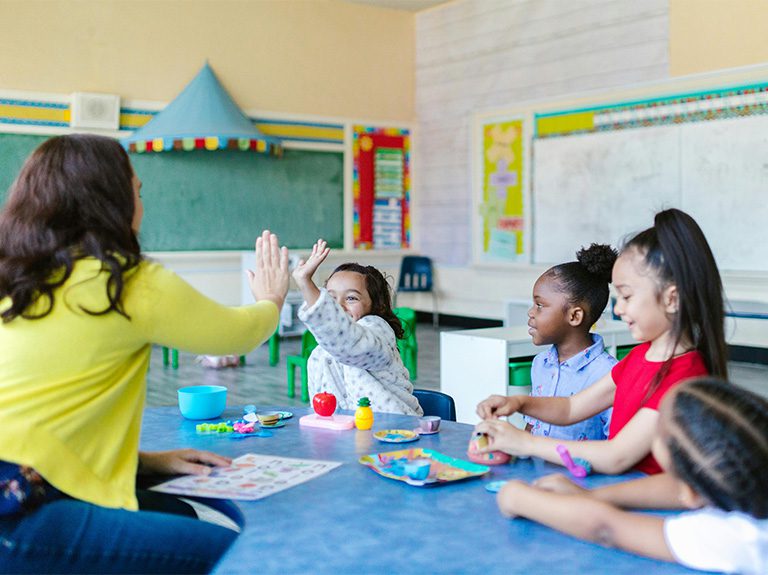It’s news to no one that kids like gaming. Say the word ‘game’ in an elementary school classroom and watch children’s ears collectively prick up, suddenly interested.
Historically, games may have been reserved for the end of the school day or otherwise ‘bonus’ time. Nowadays, however, they are becoming a fundamental part of everyday instruction. Some educators of the past may have raised their eyebrows at such things, assuming that if children are playing games, then they are not working. But whoever said children only learn while they are working?
Game-based learning, and gamification, are likely to be the next big growth area in education, gaining more and more formal acceptance as a learning strategy. We can expect to see more and more research appearing that explores how introducing game elements can improve results – but how does the working educator replicate these results in the classroom? The key is to understand why gamification is so effective, and how to implement it with purpose.
Whether you’re already tired of hearing the word, or it’s still a bit of a mystery to you, it’s worth asking: what do we mean when we say ‘gamification’? Let’s break down this buzzword to find out why it’s creating so much… well, ‘buzz’.
What is Gamification in Learning?
Gamification is the practice of strategically adding some game elements into a learning experience in order to boost motivation, create a heightened sense of achievement, encourage a growth mindset, and aid with knowledge retention. Through gamified experiences, students can become more receptive to learning.
In practice, this might look like:
- Introducing a point-scoring system to encourage self-improvement
- Using dice to generate a random number or decide the order of activities
- Promoting healthy competition using teams or a leaderboard to elevate performance
- Setting a time limit to boost focus
- Creating a compelling storyline to tie learning points together
- Promoting active listening with a bingo sheet of key vocabulary
- Inventing incentives such as badges, medals and new challenges to unlock
- Giving instant feedback to allow students to track their own progress
Note that you can achieve gamification in the classroom without playing a full-blown game – and you’ve likely done it before without realizing. If you’ve ever used a countdown timer to help students clean up the classroom quickly or allowed students to score points for good behavior leading to a reward, then you’ve employed gamification techniques.
Why Is Gamification So Big in Education Right Now?
According to student trends research, the number of 2-15 year olds playing games on smartphones has jumped up 93% since October 2020 [Dubit Limited, 2023]. Children are attracted to games when they are outside of school, and this means that when familiar game elements are brought into the classroom, students respond to them automatically in the same focused and motivated way.
Gamified learning can impact outcomes for many reasons, but some of the most popular are:
According to the 2021-22 Speak Up Research Project, 50% of students say they are not engaged in what they are learning in school most of the time. Above all else, teachers believe that students lack intrinsic motivation [2023 Gradient Learning Poll].
While traditional methods may rely on the students’ intrinsic motivation to read or concentrate, gamification elements provide external motivations such as competition and rewards, and foster intrinsic motivation through a sense of continuous achievement.
Multiplayer elements, shared challenges and healthy competition make for a more collaborative learning environment.
Students’ individual journeys through gamified elements are unique and create an emotional investment, compared with traditional ‘one size fits all’ teaching methods.
Traditionally periodic and separated from the main experience, assessment can instead be integrated into the learning journey continuously and activities provide on-the-spot feedback.
Gamification strategies are growing across many disciplines and industries, from fitness programs and military recruitment to combatting disinformation. Gamification can be achieved with little or no technology, but is an art which requires careful planning. If educators can embrace it and embed it into their instruction, it has the potential to transform students’ attitudes to learning.











